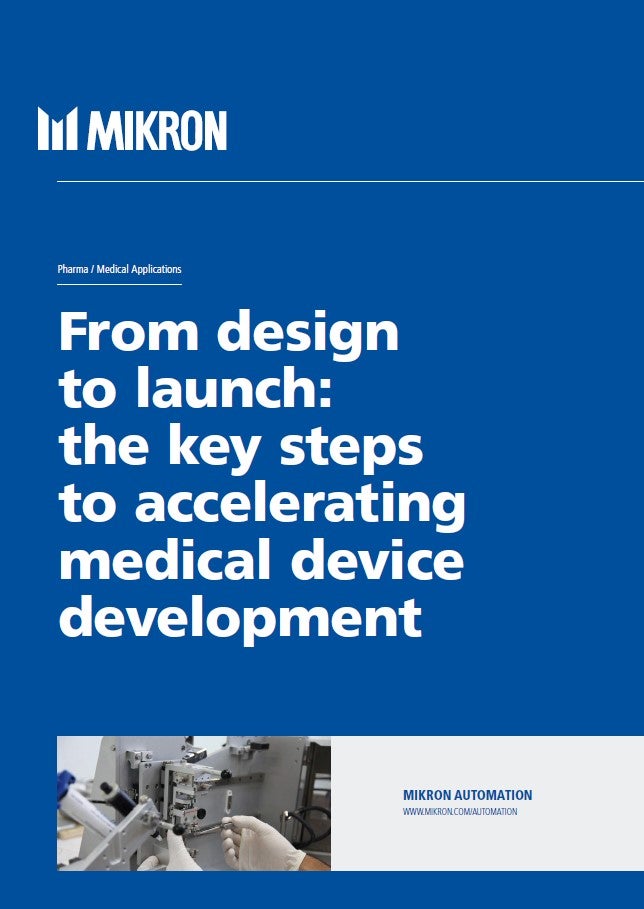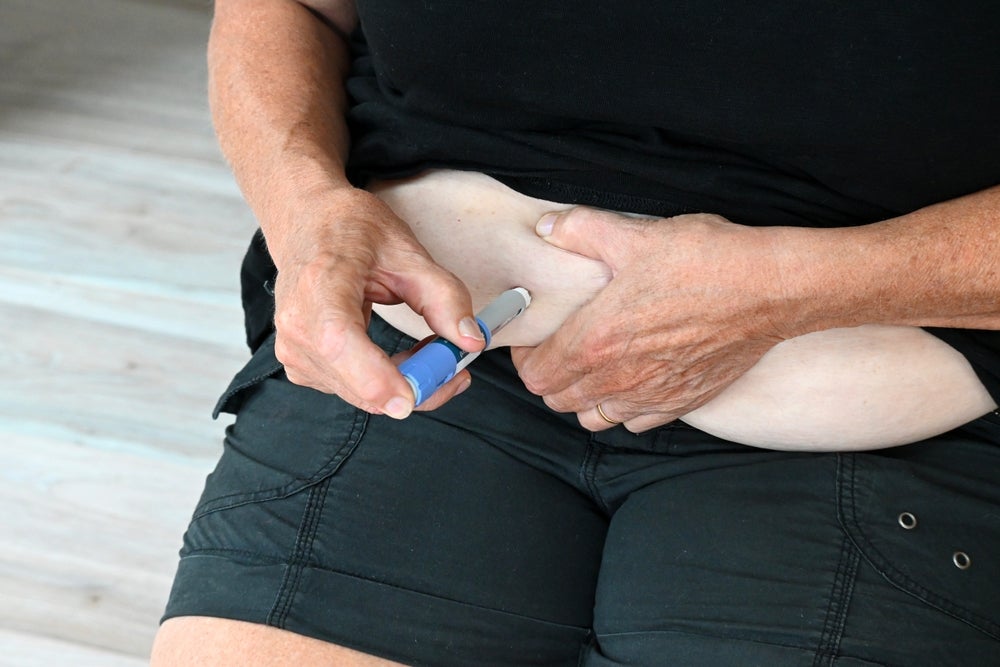
The EU-GMP Guide Annex 16 “Certification by a Qualified Person and Batch Release” debuted on April 15, 2016. The Annex credits the certification of a batch for release as the primary task for the Qualified Person (QP). Prior to certifying a batch and releasing, the QP must personally acknowledge that operational responsibilities have been fulfilled and the investigational medicinal product (IMP) can be used in the EU.
Annex 16 identifies 21 responsibilities that need to be fully evaluated by the QP prior to drug product release.1 As clinical supply managers, we need to take the ultimate responsibility for the performance of an IMP during study use. Regulations tend to be presented as guidelines leaving it to the reader where to set the compliance bar. Set the bar too high and you bear the risk of extending the QP release timeline; set it too low and you will impact achieving ultimate QP release.
How well do you really know your competitors?
Access the most comprehensive Company Profiles on the market, powered by GlobalData. Save hours of research. Gain competitive edge.

Thank you!
Your download email will arrive shortly
Not ready to buy yet? Download a free sample
We are confident about the unique quality of our Company Profiles. However, we want you to make the most beneficial decision for your business, so we offer a free sample that you can download by submitting the below form
By GlobalDataSome common pitfalls that have been identified:
- Current clinical trial application (CTA) and IMP dossier number are not available or are not properly cross-referenced
- Sufficient stability data are not available to support assigned shelf life
- Audits for all manufacturing and testing facilities not available or CAPAs (corrective and preventive action plans) are not closed out
So where should we begin?
Perform a QP Risk Assessment of your Supply Chain
Europe has market-specific quality requirements that must be achieved before the drug product can be used. In Europe, all drug products need to be certified for release in line with the requirements of EU Good Manufacturing Practices (GMP), by a QP. The entire supply chain end-to-end must be documented in a supply chain map (see diagram 1) and risk-assessed. This includes everything from active pharmaceutical ingredient (API) to finished drug product.
Using Consultants and Third Parties
When using a consultant or third party for aspects of your QP release activities, it is essential the consultant is appropriately trained in all aspects of the supply chain they have been asked to play a part in. Involving a QP in the process will always be to the sponsor’s benefit. The sponsor should also capture consultant résumés demonstrating distinguishable experience in the area of involvement.
A robust supply chain will typically involve multiple QPs engaged at different stages in the manufacturing process. When multiple QPs are involved, a ‘QP to QP’ agreement is required. “Any sharing of responsibilities amongst QPs in relation to compliance of a batch must be defined in a document formally agreed to by all parties.”2
You may experience situations where QPs refuse to enter into such an agreement. If this occurs, it is important to work through an understanding between your company and each of the QPs so that the spirit of the ‘QP to QP’ agreement is maintained. It is also important to include this in all quality agreements to circumvent any impact to QP release.
Prepare a QP Study Summary and Supply Chain Map
In evaluating QPs, Dynavax discovered that every QP has a preference for organization and format of the QP study summary and will supply a preferred template for use to client companies. In the QP study summary, it is important to document background information on the clinical trial, including a copy of the study protocol. In addition, a supply chain map (see Diagram Regulatory Expectations of Supply Chain) must be provided.
Understand Regulatory Expectations of your Supply Chain
“The entire supply chain of active substance and medicinal product up to the stage of certification is documented and available to the QP. This should include all manufacturing sites of the starting materials, packaging materials for the medicinal product and any other materials deemed critical through risk assessment of the manufacturing process.”4

It is also compulsory to provide background informationon the IMP that requires QP release. You will be expected to provide detail for all manufacturing sites, including sub-contracted sites, considered to have potential impact on product quality, safety and efficacy. This is clarified by performing aformal risk assessment for the supply chain.
For the drug substance (DS), you will be expected to provide manufacturing and testing information. For the drug product, expectations include: manufacturing site, approved third party test sites, product release, stability/shelf life testing, clinical packaging site information, labeling site information, and of course, storage information.
Availability of Audit Reports, Audit Data and Confidentiality
Special emphasis given to the approval of audit reports in Annex 16. For sponsors manufacturing with third party partners, this can be particularly challenging as the QP review of audit reports is unlikely to have been crafted in your confidentiality agreements with third party partners. Expect push back from third party partners and balance the QP review needs with third party anxieties.
Going forward, if you plan to perform studies in the EU, include a clause in your quality agreement permitting review of audit reports by your QP for studies that will extend into EU countries, and be subject to QP release. Also, whenever possible, use a QP for third party audits to bypass questions regarding EU acceptability of the audit.
“The QP should have access to all documentation which facilitates review of the audit outcome and continued reliance on the outsourced activity.”3
Supporting audit data must be supplied for all sites residing outside of the EU. EU Competent Authority requirements:
- Supplier site audits must be performed within the prior three years
- Audits are performed by an EU QP
- Starting materials comply with and the supply chain is secured, including GMP assessments by third parties
- The necessary audits have been performed and the audit reports are available
- Manufacturing and testing performed complies with EU GMP
- Manufacturing and testing processes are validated
- Changes have been evaluated and investigations completed
As an alternative, a statement by an EU QP confirming a site is operating to EU GMP standards and the dates of audits supporting this statement can be provided.
QP Release
After supplying the mentioned information to your QP, the product release can be considered. Ultimately, QP release is a two-step process:
Step 1: The “Qualified Person’s Declaration of Equivalence to EU GMP for IMP Manufactured in Third Countries (Article 13 (3) (b) of Directive 2001/20/EC).” The declaration is submitted with the sponsor’s CTA submission. In the QP declaration, the QP is certifying batch compliance with EU GMP standards and the EU CTA. With this approval, the lot is released to the study sponsor for use in the trial upon CTA approval.
Step 2: Sponsor/Regulatory Release can occur once the sponsor is in possession of all required approvals from a country thereby releasing the lot for that country. For non-EU countries, the QP is certifying compliance with the GMP standards only, making it possible to provide QP release to those countries even before CTA submissions have been made. When QP is notified that all approvals are in place, the IMP can be shipped to sites in the EU and your study can begin enrolling.
Lessons Learned
- Start preparing for Annex 16 now
- Consider EU clinical trial requirements early
- Fully comprehend all aspects of your supply chain and document fully
- Audit your full supply chain for drug substance and drug product uniformity
- Discuss your company’s needs with more than one QP
- Engage with your chosen QP(s) early in your EU QP release process
- Have backup QP(s) in the event of unforeseen emergencies
Summary
Annex 16 is still in its infancy and QP expectations will continue to evolve. Do not be surprised if your QP’s expectations change during the QP release process. Therefore, get everything in writing, update your quality agreements to include QP release activities, and most of all, be patient and leave plenty of time.
Robert Bronstein
Director, Clinical Supplies Management
Dynavax Technologies
References:
- The full list of QP responsibilities can be found in Section 1.7 of the EU Guidelines for Good Manufacturing Practice for Medicinal Products for Human and Veterinary Use, Annex 16: Certification by a Qualified Person and Batch Release http://www.gmp-compliance.org/guidemgr/files/V4_AN16_201510_EN.PDF
- QP to QP shared responsibilities Section 1.4.3 EU Guidelines for Good Manufacturing Practice for Medicinal Products for Human and Veterinary Use, Annex 16: Certification by a Qualified Person and Batch Release
- Relying on third parties for audits Section 2.2 IV, EU Guidelines for Good Manufacturing Practice for Medicinal Products for Human and Veterinary Use, Annex 16: Certification by a Qualified Person and Batch Release
- Supply Chain Section 1.7.2, EU Guidelines for Good Manufacturing Practice for Medicinal Products for Human and Veterinary Use, Annex 16: Certification by a Qualified Person and Batch Release








